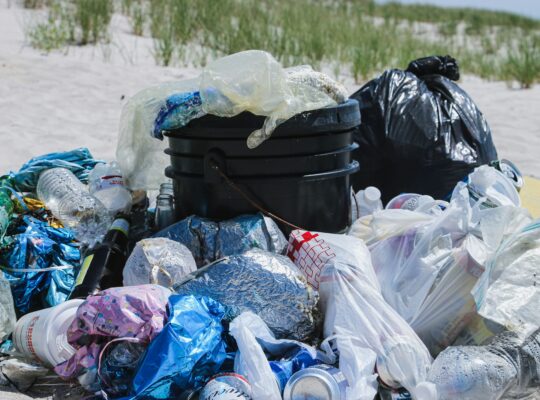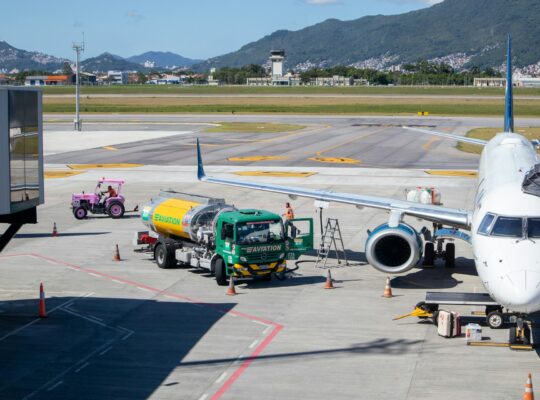A new report created by Conservation International says that the best way to increase carbon capture is changing land use to save the environment. Industry, agriculture and forestry are all places where it works.
Rethinking Conventional Land Use
Land and its use are incredibly important for all sectors of society. Regarding agriculture, forests, urban planning, or housing, the land is a critical part of the decision-making process, and how we use it impacts our environment.
For a long time, we have chosen practices that degrade the land we rely on rather than regenerate it. This is presenting itself as a major flaw in how we do things as we are jeopardizing our continued existence via the climate crisis. Forestry management and the costs of logging are of particular concern, as they are a major contributor to climate change, second behind fossil fuel extraction and burning, with agriculture being third.
Scientists have been saying that we need a fundamental change in how we use our land, and with those ambitious changes, we can have a chance to live beyond the 21st century. This roadmap for how we can change and what steps to take is outlined in a new report published by Conservation International. Following these steps gives us a shot at our grandchildren living beyond us and thriving with nature beyond us.
Changing Land Use to Save the Environment
The report, created by Conservation International in collaboration with the Potsdam Institute for Climate Impact Research and the WWF, indicates four major steps that need to be taken to ensure our continued survival.
The first step outlines how we can scale up actions to protect and improve the earth’s natural ability to store carbon. The second step outlines food production and consumption changes that are necessary to ensure food security for our global population while achieving our climate goals. The third step calls for changing land use to save the environment by scaling up land management practices that have existed with indigenous populations for centuries and benefit our environment immensely. The fourth step calls for removing logging related to agricultural development from our supply chains.
The first step breaks it down into three sections: the first is preventing deforestation of current climate sinks and replanting trees that contribute to carbon capture. Second, better management of working lands increases productivity and carbon sequestration. The third is the active restoration of damaged ecosystems like the wetlands of North America and the peatlands of South America and Eurasia.
The second major step is food production and consumption, which means taking the $300B currently dedicated to harmful agricultural and forestry practices and redirecting it to regenerative models by 2030. This also calls for encouraging populations to make different choices regarding their diets and feeding livestock with byproducts of the agricultural process instead of human-grade food.
The third step calls for incorporating indigenous knowledge into our agricultural practices, which refers to integrating trees into farmland without loss of crops, implementing climate-smart grazing processes, managing soil with regenerative practices like reduced tilling, and halting fertilizer over-use.
The fourth step concerns forestry, specifically better practices in managing forests like reduced-impact logging and rapidly advancing laws prohibiting illegal logging and banning commodities created with illegal logging.
How important is it that we do this?
The road map is ambitious in its goals. Changing land use to save the environment often sees pushback from individuals and companies that profit from the continued degradation of our forests and agricultural land. These companies and individuals will not go out without a fight, and that needs to be considered as we demand better conditions for ourselves and our fellow animals on this earth.
However, many of these changes, if not all, have potential side effects that can immensely benefit our fellow humans. For example, while changing agriculture to be more efficient and eco-friendly, we can adequately address hunger created by monocultures. Many scientists have agreed that this roadmap is necessary if we want to thrive and survive beyond the 21st century, so taking up the challenge of changing our habits is a necessary one, beyond just worthwhile.










